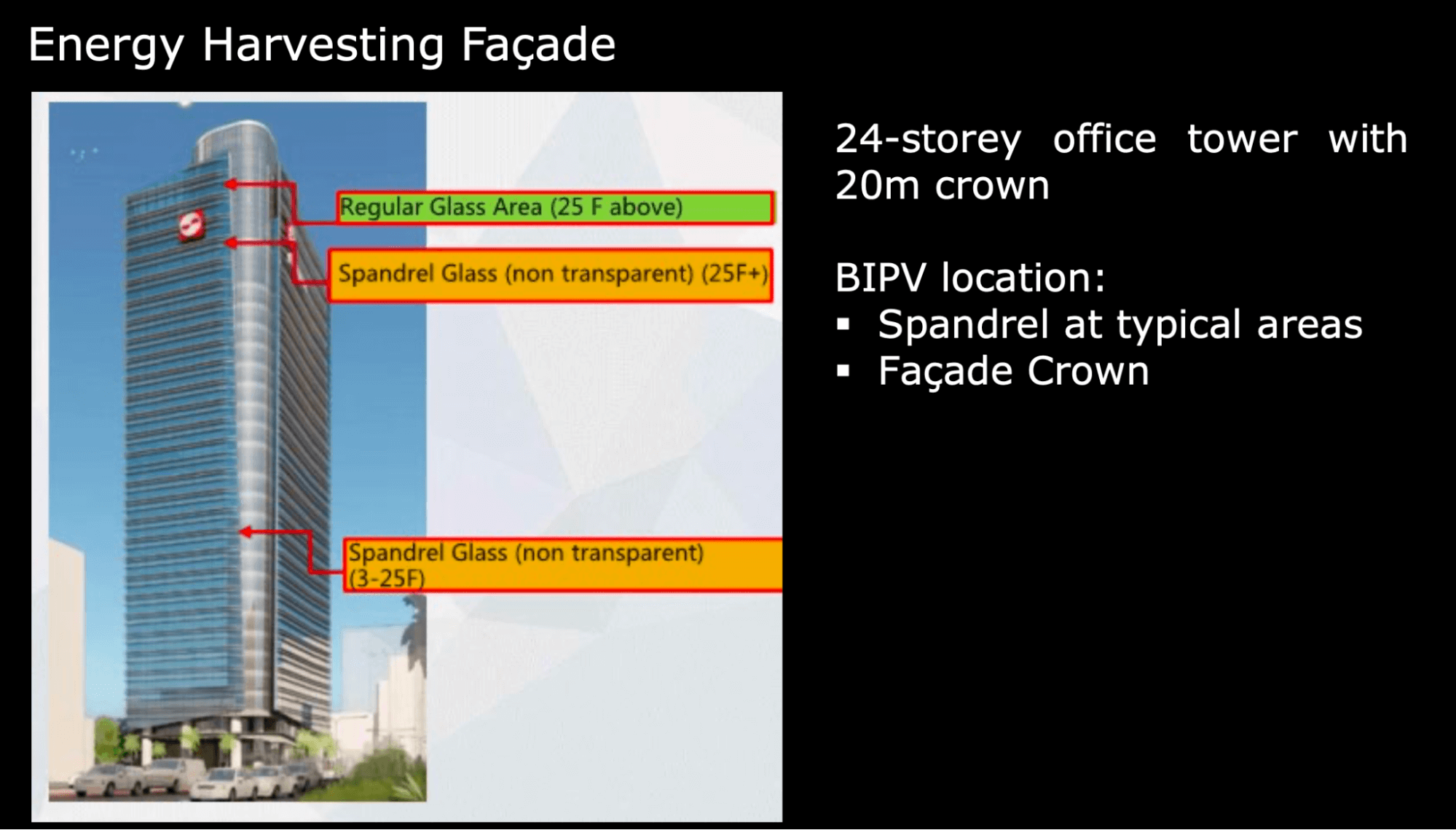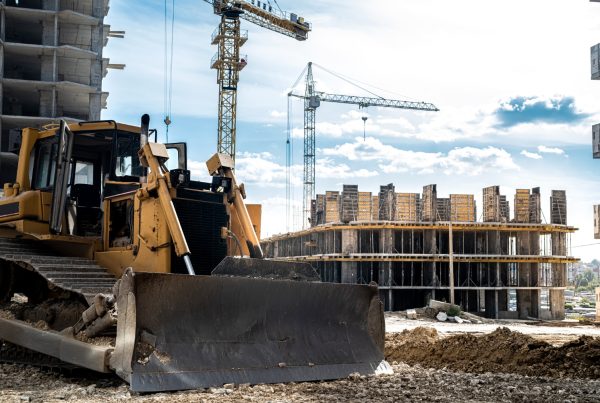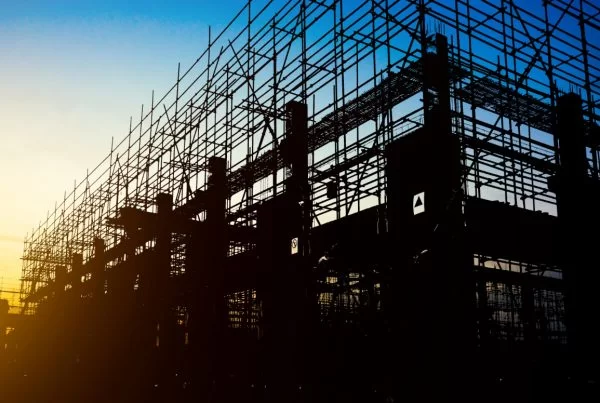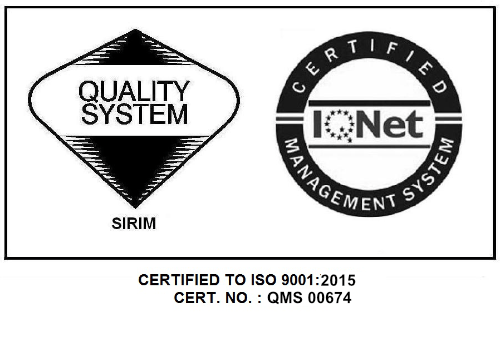
The future of facade engineering in tropical cities isn’t just about protection but production. In this part 2 of this article, we focus on Timothy Soebroto’s introduction of a powerful evolution in façade design: The energy-harvesting façade.
In high-rise developments, rooftop areas are often too limited for effective solar power generation. This constraint has led engineers to consider the building’s skin a renewable energy source. Enter Building-Integrated Photovoltaics (BIPV) – solar panels embedded directly into the façade system.
According to Timothy, these advanced façades serve dual roles: they maintain thermal comfort while also producing clean energy. With tropical cities like Jakarta and Kuala Lumpur receiving abundant sunlight year-round, integrating photovoltaic systems into vertical surfaces presents a major opportunity to reduce dependency on fossil fuels.

One standout example presented was the Sinar Mas Tower in Jakarta, a 24-storey office building with over 6,800 square metres of photovoltaic façade area, including spandrel glass and a dramatic crown feature. This system generates up to 800 kWp, cutting 324 tonnes of CO₂ emissions annually – the equivalent of planting nearly 18,000 trees.
Beyond energy output, the design also considers visual integration, allowing architects to customise colours, opacity, and patterns to suit aesthetic needs. Through simulations, irradiance and shadow analysis are done in the design phase to maximise solar capture while avoiding visual glare or overheating.
As Timothy noted, façades are evolving from static building envelopes into smart, sustainable interfaces – capable of both shielding and supplying. In Southeast Asia’s drive toward net-zero cities, energy-harvesting façades are no longer a luxury but a necessity.
Related article:
PART 1: Designing with Climate in Mind – Sustainable Facades in the Tropics















